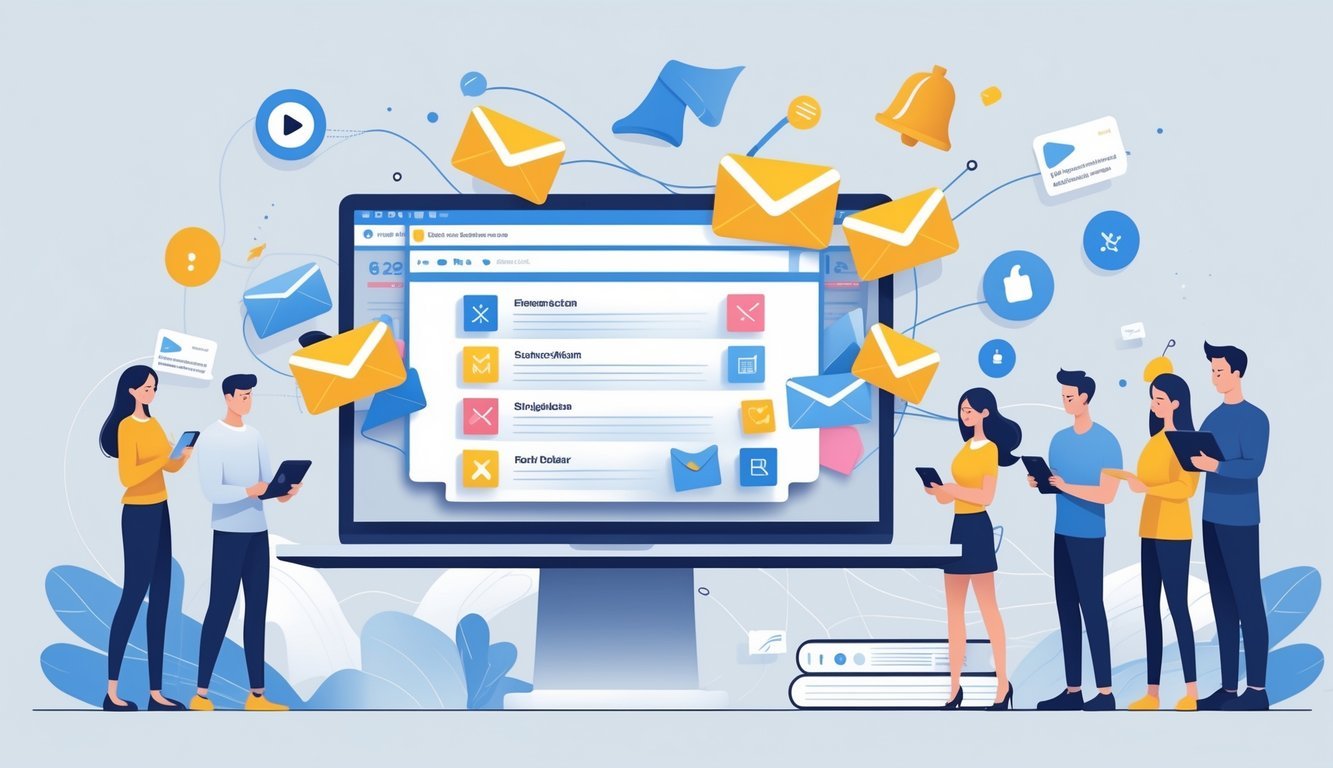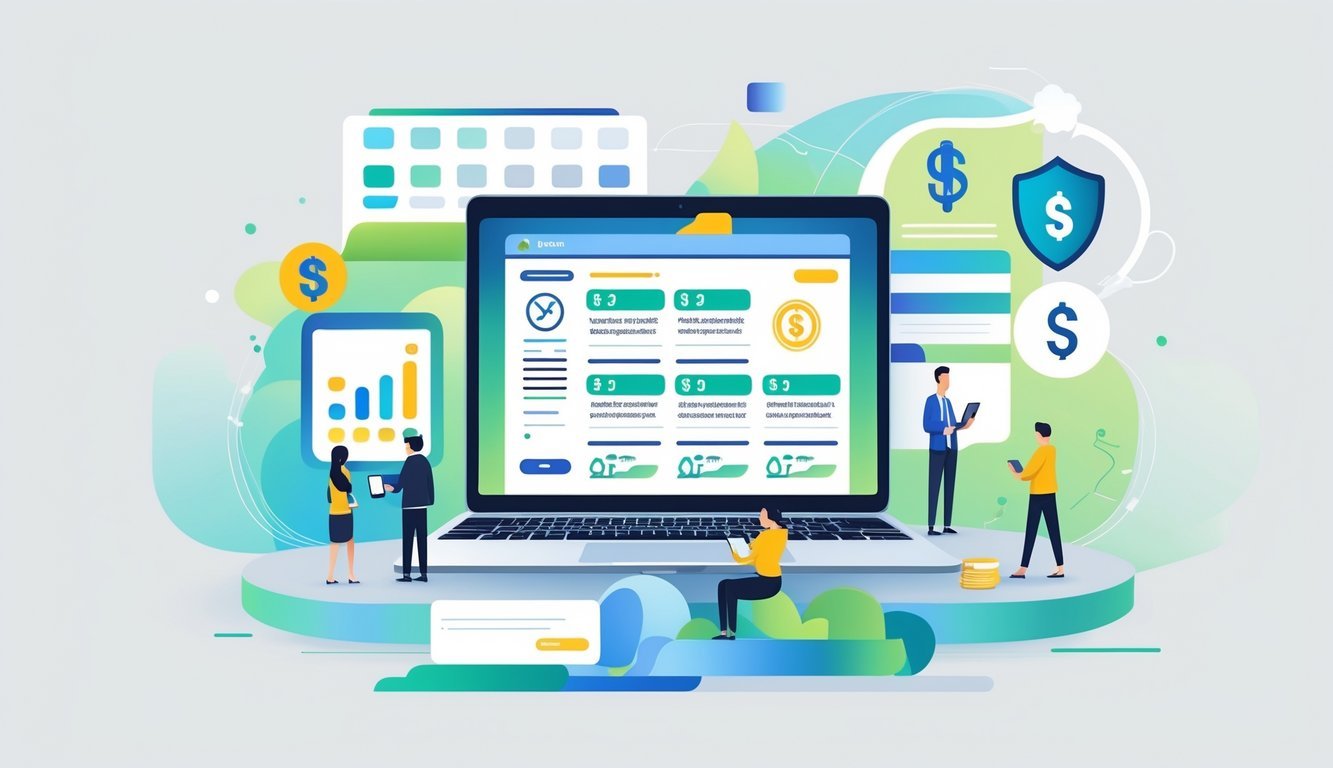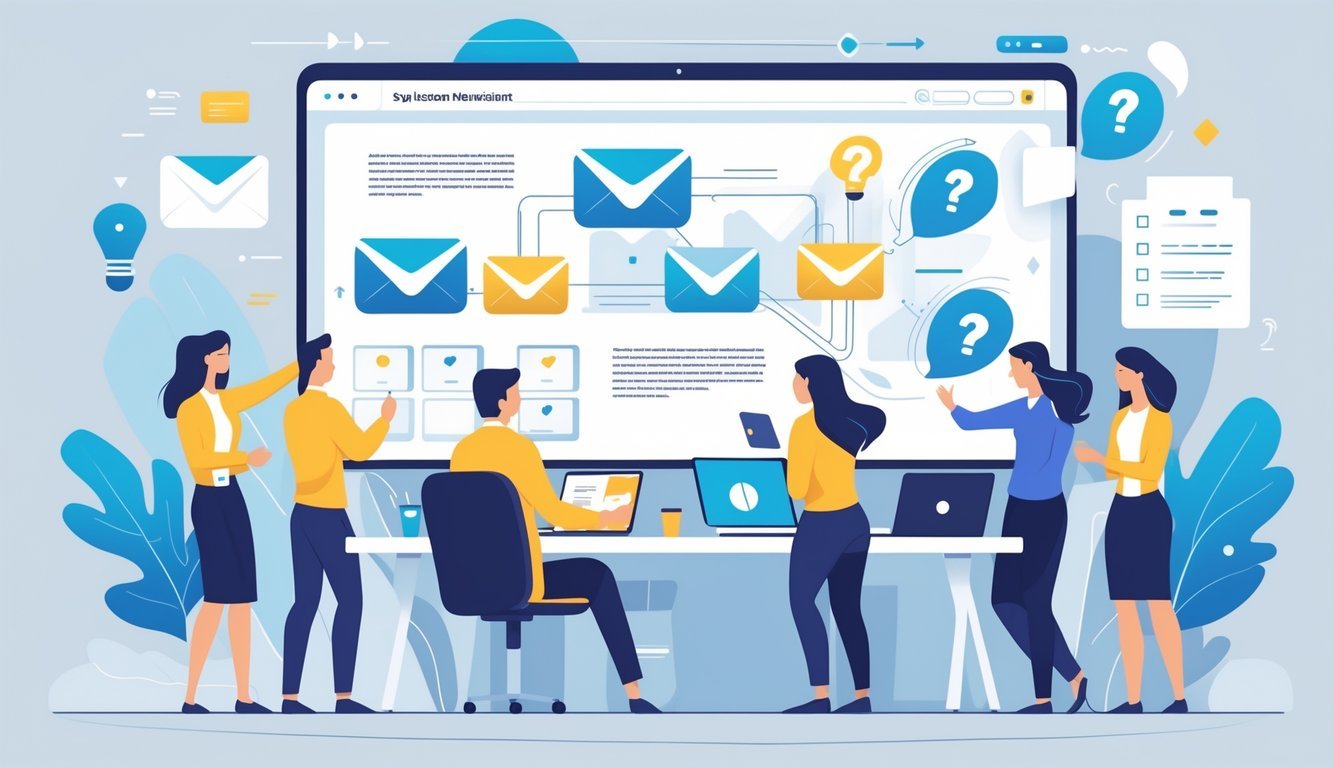PsychNewsDaily Publishers
100 Summit Drive
Burlington, MA, 01803
Telephone: (320) 349-2484
PsychNewsDaily Publishers
100 Summit Drive
Burlington, MA, 01803
Telephone: (320) 349-2484
Subscription newsletters deliver exclusive content for a fee, providing in-depth reports, interviews, and tailored updates, fostering audience engagement and generating steady income for creators.

Subscription-based newsletters let you get exclusive content delivered right to your inbox, usually for a small fee. You can offer valuable information or entertainment on a regular basis and earn money through subscriptions.
This approach works especially well if you want to connect closely with your audience and give them something they just can’t find for free elsewhere.
When you pick the right platform, you can manage your subscriber list, send out custom emails, and watch your newsletter grow over time.
Starting a subscription newsletter means you’ll focus on making content your readers actually care about, all while building a steady income stream.

Subscription-based newsletters are paid email updates that bring exclusive or extra content straight to your inbox.
They usually cover topics you care about and go beyond free emails by focusing on quality and unique insights.
When you subscribe to these newsletters, you pay a monthly or yearly fee to get regular email updates.
You get access to content that’s not available to the general public.
You might receive deep dives, special reports, or early updates on news, hobbies, or business.
Because you’re paying for this information, it feels a bit more valuable and tailored to your interests.
Paid newsletters can offer a wide variety of content. You’ll often find:
This content usually goes way beyond what free newsletters provide.
The main goal is to give you real value for your subscription fee by offering something unique or extra.
You sign up and pay through a website or app. Most newsletters charge monthly or yearly.
Once you subscribe, you’ll receive regular emails with the newsletter content.
You can cancel whenever you want, so you’re always in control.
Some newsletters offer different levels, so if you pay more, you get more content or extra perks.
Publishers use tools like Mailchimp or MailerLite to handle subscriptions without much hassle.

When you create or subscribe to a newsletter, you gain better control over who receives your information and how engaged your readers become.
Plus, there are ways to earn money while building a loyal audience.
You decide what information you share when you subscribe to a newsletter. Most paid newsletters just ask for your email, which helps keep things private.
Still, it’s smart to check how the newsletter handles your data.
Look for newsletters that promise not to share your information with outside companies.
Some use encryption or other security steps to protect your data.
If privacy matters to you, pick newsletters that clearly explain how they store and use your info.
Always check the privacy policy before signing up. This helps you understand how your data will be treated and keeps unwanted spam away.
Subscription newsletters let you build a close connection with your audience. Readers choose to subscribe, so they’re usually more interested and likely to interact.
You can personalize content for subscribers based on what they like or tell you.
This builds trust and keeps people coming back.
Newsletters give you regular chances to remind readers about your brand or updates.
This keeps you on their mind more than random social media posts ever could.
Direct communication can turn casual readers into loyal followers, which is pretty valuable for any creator or business.
Subscription newsletters let you earn money directly from your audience. People are often happy to pay for exclusive or valuable content.
You set your own price and can offer monthly or yearly plans.
This creates a steady income stream as long as your content stays useful and interesting.
You can promote your own products or services in your newsletter, too.
But remember, subscribers usually want fewer ads, so try to keep things balanced.
Paid newsletters give you a way to increase your income while building a stronger connection with readers who really appreciate your work.

Subscription-based newsletters need some clear planning and smart choices. You’ll want to know how to start, run, and price your newsletter.
Growing your audience and picking the right tools also matter.
First, pick your newsletter’s topic and figure out your audience.
Choose a platform that supports paid subscriptions.
Before you launch, create a few sample issues to show people the kind of value they’ll get.
Send your newsletter on a regular schedule.
Keep your content valuable and focused.
Talk to your subscribers through surveys or emails to see what they want.
Free newsletters help you build a bigger audience quickly.
Paid newsletters can bring steady income and attract more dedicated readers.
You can offer free issues to get people interested before asking them to pay.
Check what similar newsletters charge.
Think about how much time and effort you put into making your content.
Start with a price that feels fair, and adjust as you get feedback.
Promote your newsletter on social media and your website.
Offer free trials or sample issues.
Ask your current readers to share it with friends who might enjoy the content.
Go for something with a simple setup—no one wants to wrestle with confusing tools.
Solid payment options matter too, especially if you plan to charge for your content.
See if the software lets you manage subscribers and email lists without much hassle.
If you want to offer both free and paid content, double-check that the platform can handle that mix.